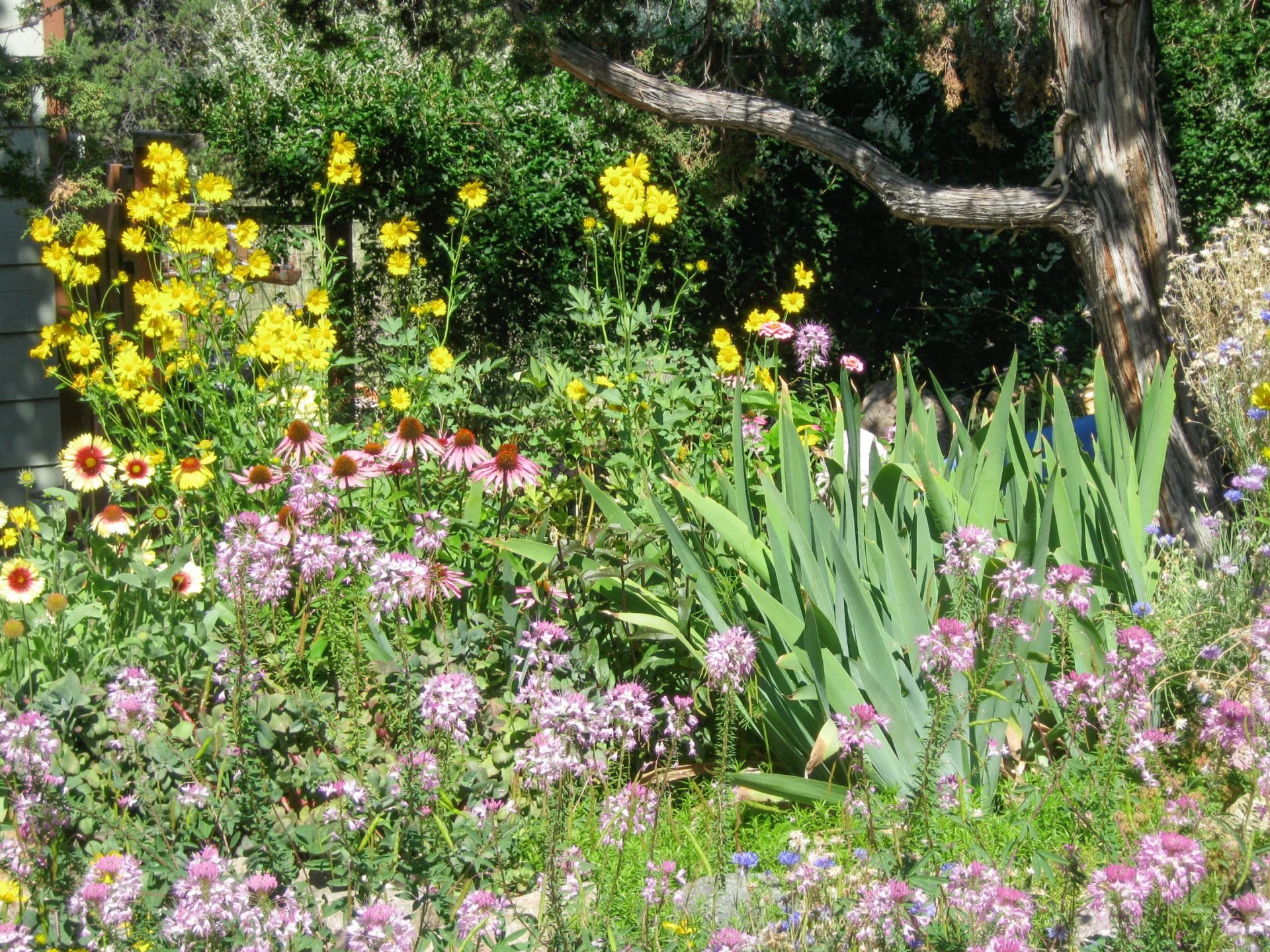By Matie Belle Lakish.
Soil, the base for all we gardeners do. Now, I hear that there are lots of choices for those who want to garden, including soilless gardening. I’m seeing references to huge greenhouse operations that use a water-based nutrient mix to grow all sorts of plants. I understand that the technique is becoming more widespread among commercial vegetable growers. If this is the wave of the future, why do we care about soil?
For me, there is something both satisfying and healing about running my fingers through soil—AKA dirt. Often, during the gardening season, my fingers get cracks in them and my fingernails never make it to the long phase. I don’t care. I rarely wear gloves. I like the feel of the dirt.
But there is more to it than that. Science is now telling us that the microorganisms in healthy soils give off aromas that are soothing to the human psyche. From a scientific standpoint, that would probably be volatile exudates that react with receptors in our brains that have been with us for millennia.
But how do we create that healthy soil in a landscape dominated by sand dunes, alkalinity, and drought? Many of our farming neighbors use a lot of agricultural chemicals to grow the large-scale crops, such as potatoes, alfalfa, and barley, that sustain agriculture in the SLV, though, like many other farmers in the Valley, I prefer to grow organically. It is that organic soil that fosters those soil-based organisms.
To turn our sandy soil into good dirt, we need to incorporate lots of humus, as well as the major nutrients, nitrogen, phosphorus, and iron, and to some degree, potassium. There is lots of calcium in the alkali you see on the valley floor, which contributes to the highly alkaline soil for which the Valley is known; however, it is not very available to plants.
When I first started working with soil in this area, about 30 years ago, I had to add all these various minerals. I heard that Ironite, which is a form of iron in a sulfur base, would add the mineral while helping neutralize the soil. I also added bone meal for the phosphorus and potassium and a more available form of calcium. Kelp meal is a great addition for trace minerals.
My primary soil additive, however, is animal manures, preferably composted. Manures are high in nitrogen, as well as the other nutrients. Whatever was in the feed the animals ate goes into the soil. Since nitrogen is the nutrient most likely to be low in soil, this is the one most measured. Manures vary in nitrogen amounts depending on the type of animal and its diet. Bat guano is the highest in nitrogen, but not easily available. Chicken and other poultry manures are higher in nitrogen and most other nutrients than manures from larger animals. To some extent, it will depend on what the animal is fed. Cattle or horses fed grains, or legumes like alfalfa, have higher nitrogenous manures than grass fed animals. Smaller animals like rabbits, sheep, and hogs are slightly higher in these nutrients than larger ones.
When adding manures to your garden soil, it is preferable to compost them first. The heat that is generated when fresh manures decompose can actually damage plant roots. However, if you add manures in the fall and let them overwinter in the soil, that can often work. It’s even better if they have aged for a year before you spread them.
Compost everything, if you can. My compost pile has last year’s weeds, kitchen scraps (minus the proteins and fruits that bears like), manures from various sources, and mineral additives. Mix all of this together and keep it moist. Turn it periodically. You may want a rough pile for the first year, and a finer version the second year. In other climates, compost works faster, but our cold winters slow down the bacterial action.
Within the last few years, an organic soil amendment has been sold that combines feather meal, poultry litter, bone meal, and potash. Along with these are various types of soil bacteria. I have found this to be a great mix to sprinkle in the rows before I plant. There is also one for compost piles, which is similar. I think either will be a good additive to the pile, as well as to add directly to the garden in
the spring. There are two or three different brands now, and they’re available locally. These do not address the iron issue, so you will still need the Ironite, or something similar.
I have also bought compost. This can be helpful when you are starting a garden, before you have time to make your own, or if you need more than you can create. For years, I bought bags of mushroom compost and it worked well. However, some folks got a batch that must have had weedkiller in it, as nothing would grow in it.
Since then, I have been buying the Peat and Sheep, which has a composted mix of peat moss, an acid plant material good for our alkaline soils, and sheep manure. These bags are available at several locations in the spring. There is also a company called Compost Technologies here in the Valley. They collect manures from farmers, as well as other plant materials, compost it, then sell it by the truckload.
It’s a good way to go if you need a lot. There are other folks who do this as well, so there are other sources.
There are also soil additives that claim to increase humus or add humic acid. I have rarely used them, so I can’t say whether they are very helpful or not. I’m in favor of increasing humus by adding organic matter to the soil and then letting the soil microbes work it over. However, if you are starting with bare sand, almost everything organic is a help.

